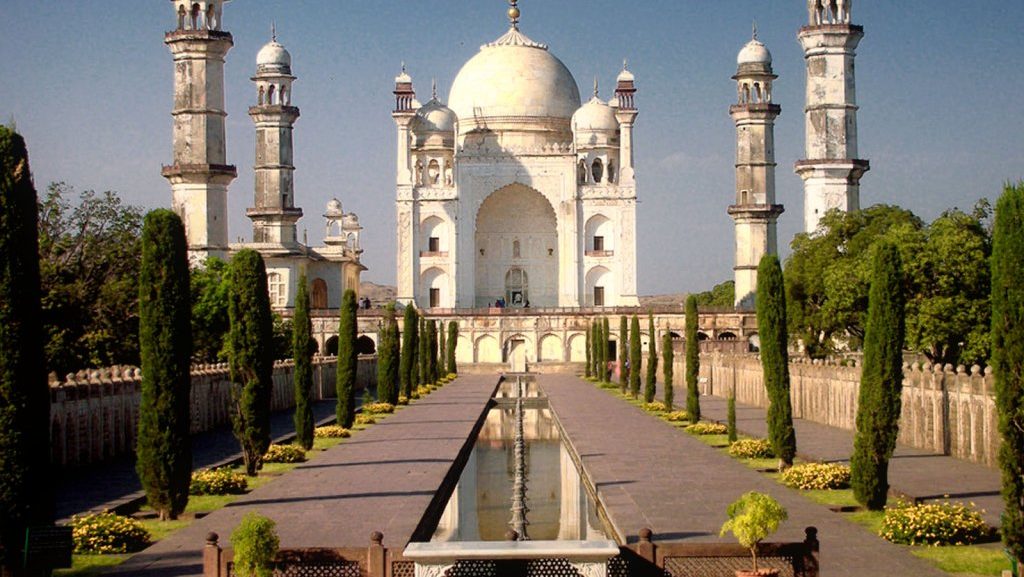Context:
Recently, Allahabad High Court dismissed a petition filed by BJP leader asking for a fact-finding panel to establish “the real History of Taj Mahal”, and for more than 20 sealed “rooms” to be opened to look for the possible presence of idols of Hindu gods on the premises of the monument.
Relevance:
GS II- History
Dimensions of the Article:
- About Taj Mahal
- Architecture

About Taj Mahal
- Considered one of the Wonders of the World and designated a UNESCO World Heritage Site, the Taj Mahal is a global symbol of India and one of the world’s most recognised monuments.
- It was built between 1632 and 1648 on the orders of the Mughal Emperor Shah Jahan.
- The breathtakingly beautiful monument is the burial place of Shah Jahan’s beloved wife Mumtaz Mahal.
- Shah Jahan himself was subsequently interred there.
- Although renowned as an immortal symbol of love, historians have argued that it was possibly more a monument to Shah Jahan’s ambition than to his love for Mumtaz, and a declaration of the power and glory of the Mughal empire.
Architecture:
- The Taj incorporates characteristics of Indo-Islamic and Timurid architecture, and is often seen as a natural progression of Mughal architecture from older monuments such as Humayun’s Tomb in Delhi.
- The immense white marble mausoleum is set in a garden that is part of a larger complex built along a series of geometrical grids enclosed within walls that measure 305 metres by 549 metres.
- The complex was completed in 1653 after structures such as a mosque, a guest house, the main gateway, and the outer courtyard were built.
- The exterior of the mausoleum is adorned with calligraphy of Quranic verses, which are inlaid on rectangular panels.
- There are minarets at the four corners of the platform on which the mausoleum stands.
- To the south of the tomb is the garden that is divided into quadrants by waterways, which according to Catherine Asher, a historian of Islamic and Indian art, resemble the streams of paradise mentioned in the Quran.
- According to Asher, the garden was modelled on the ancient Persian concept of the garden of paradise, which the Mughals adopted.
Source: Indian Express




